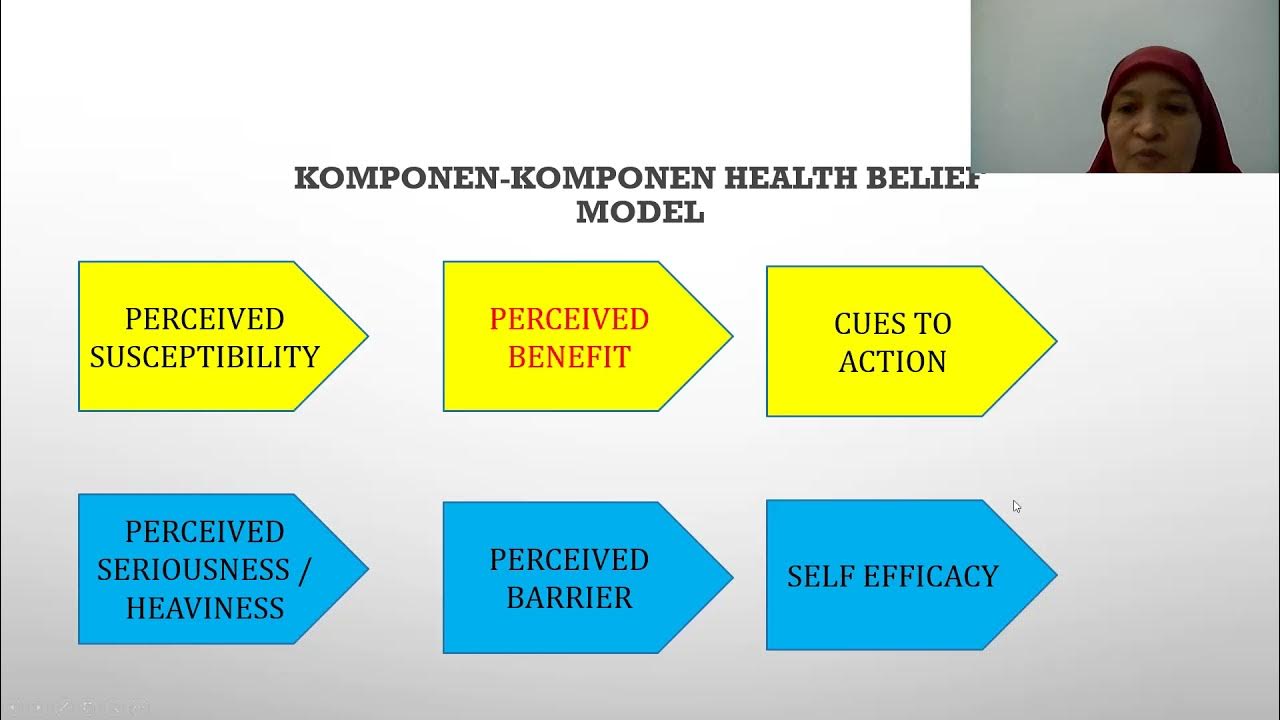Protokol Jaringan
Summary
TLDRThis lecture delves into computer networking protocols, crucial in the era of the COVID-19 pandemic. It outlines the learning outcomes, including understanding data communication, data flow, and the importance of protocols in networks. The five elements of protocols—encoding, message formatting, encapsulation, message timing, and delivery options—are discussed, illustrating their necessity for effective communication. Examples provided, such as the different data flow models and the role of protocols in human interaction, emphasize the significance of protocols in ensuring clear and error-free transmission of data.
Takeaways
- 😀 The lecture discusses the concept of protocols in computer networks, especially during the COVID-19 pandemic, emphasizing the importance of health protocols.
- 📚 The learning outcomes for the session include recalling data communication, understanding data flow, recognizing the significance of protocols in computer networks, and identifying the elements of a protocol.
- 🔁 Data communication is defined as the exchange of messages or data between two nodes, which can be transmitted through various media like cables.
- 🔄 Three models of data flow are presented: simplex (one-way communication), half-duplex (two-way communication but not simultaneously), and full-duplex (simultaneous two-way communication).
- 🌐 Protocols are essential for organizing the method of communication between nodes in a network, ensuring that data is sent and received correctly.
- 📝 Protocols include five elements: message encoding, message formatting, encapsulation, message timing, message size, and message delivery options.
- 🔠 Message encoding is the process of translating computer language into a format that can be understood by the transmission medium, such as electrical currents for cables.
- 📦 Message formatting and encapsulation involve structuring the message and including necessary information like sender and receiver identities to ensure correct delivery.
- 📏 Message size pertains to the division of large messages into smaller parts to fit the transmission medium and to ensure proper reassembly at the destination.
- ⏱ Message timing is associated with flow control and response timeouts, which are crucial for managing the pace of data transmission and ensuring timely responses.
- 📢 There are different message delivery options, such as unicast (one-to-one communication), broadcast (one-to-all), and multicast (to a selected group but not all).
Q & A
What is the main topic of the lecture?
-The main topic of the lecture is about network protocols, especially in the context of daily network communication during the COVID-19 pandemic.
What are the four learning outcomes mentioned in the lecture?
-The four learning outcomes are: 1) To recall the concept of data communication, 2) To understand the flow of data and data flow, 3) To comprehend the importance of protocols in computer networks, and 4) To know the elements of a protocol.
What is data communication defined as?
-Data communication is defined as the exchange of messages or data between two nodes that can receive and transmit data through a communication link or transmission medium.
What are the three models of data flow mentioned in the script?
-The three models of data flow are simplex (one-way communication), half-duplex (two-way communication but not simultaneously), and full-duplex (simultaneous two-way communication).
What is the role of protocols in data communication?
-Protocols define the rules and methods for communication between nodes in a network, ensuring that data is transmitted and received correctly and efficiently.
What are the five elements of communication in the context of protocols?
-The five elements are the sender, the receiver, the channel or medium, the protocol that governs the communication, and the message to be conveyed.
What is message encoding in the context of protocols?
-Message encoding is the process of translating the language of the computer (data to be communicated) into a language that the transmission medium can understand, such as electrical signals for a wired channel.
What is the purpose of message formatting and encapsulation in protocols?
-Message formatting and encapsulation organize the data into a structured format that includes necessary information like sender and receiver identities, ensuring the message is correctly interpreted by the receiver.
Why is message size important in protocol communication?
-Message size is important because it determines whether the data can be transmitted over the available medium and may affect the efficiency of the communication, as large messages may need to be broken down into smaller packets.
What is meant by message timing, and why is it significant?
-Message timing relates to flow control and response timeouts, which are crucial for managing the pace of data transmission and ensuring that the receiver can process the data in a timely manner.
What are the different message delivery options mentioned in the lecture?
-The message delivery options mentioned are unicast (one-to-one communication), broadcast (one-to-all communication), and multicast (communication to a selected group, more than one but not all).
Outlines

Этот раздел доступен только подписчикам платных тарифов. Пожалуйста, перейдите на платный тариф для доступа.
Перейти на платный тарифMindmap

Этот раздел доступен только подписчикам платных тарифов. Пожалуйста, перейдите на платный тариф для доступа.
Перейти на платный тарифKeywords

Этот раздел доступен только подписчикам платных тарифов. Пожалуйста, перейдите на платный тариф для доступа.
Перейти на платный тарифHighlights

Этот раздел доступен только подписчикам платных тарифов. Пожалуйста, перейдите на платный тариф для доступа.
Перейти на платный тарифTranscripts

Этот раздел доступен только подписчикам платных тарифов. Пожалуйста, перейдите на платный тариф для доступа.
Перейти на платный тариф5.0 / 5 (0 votes)






